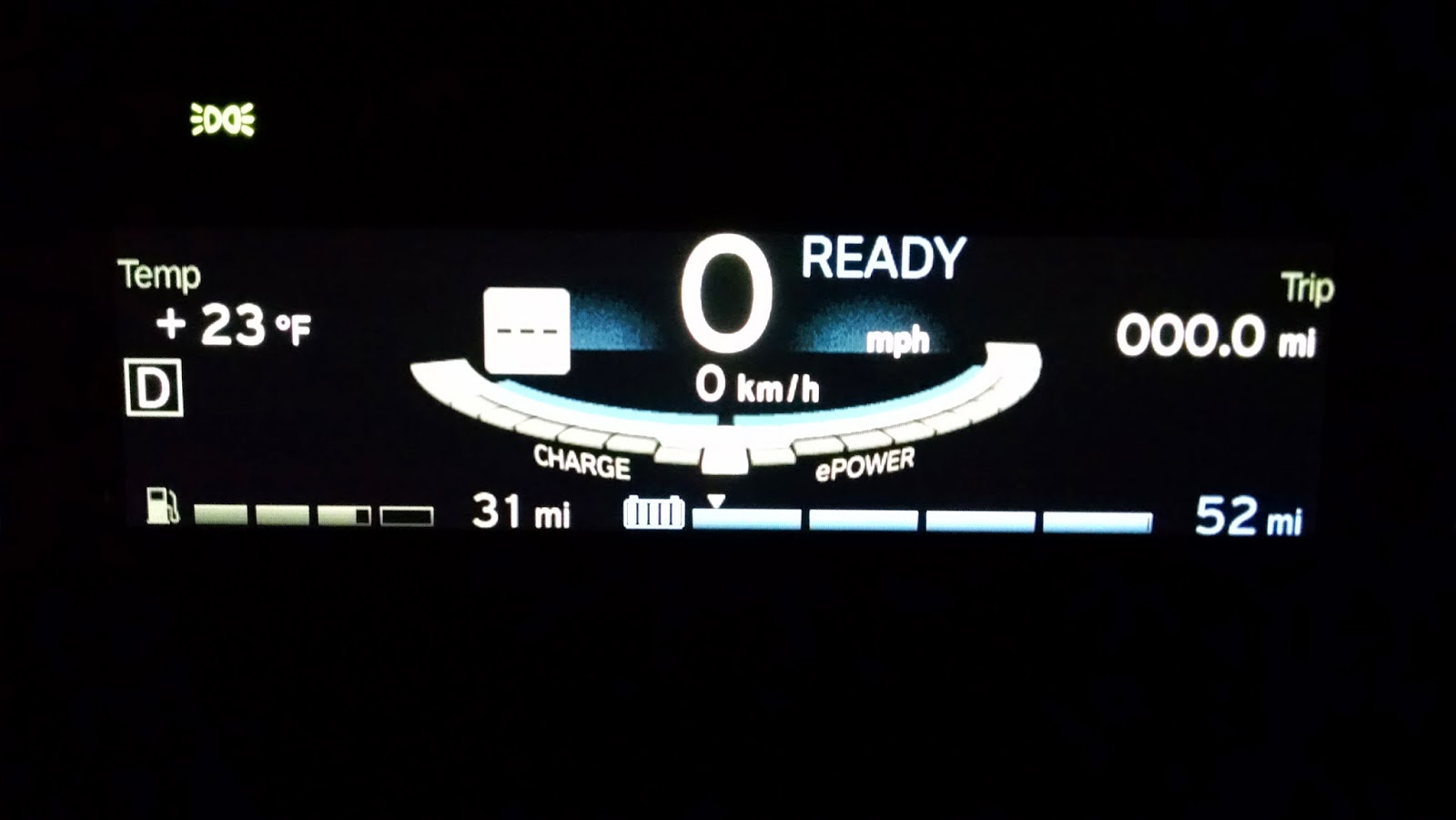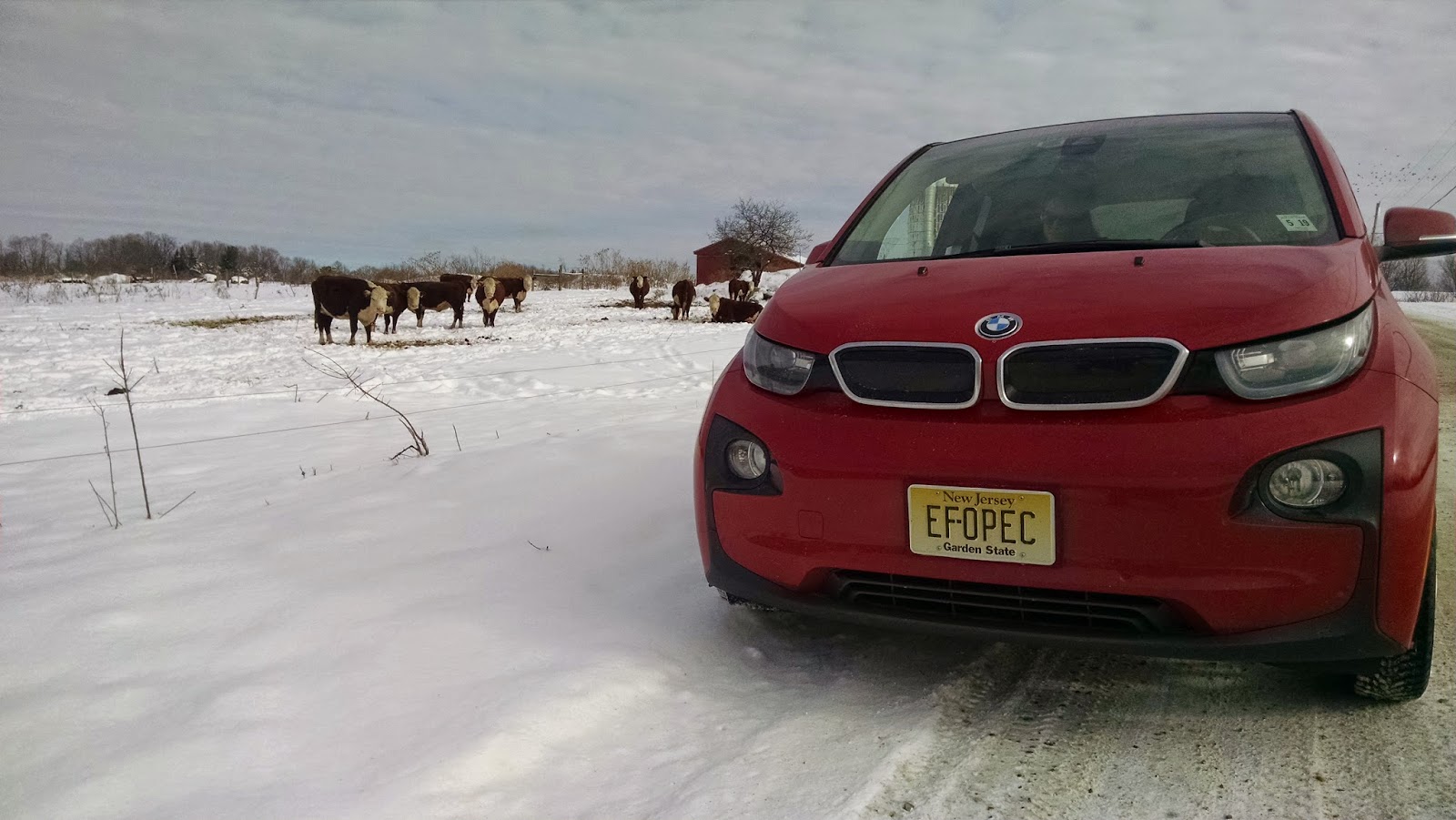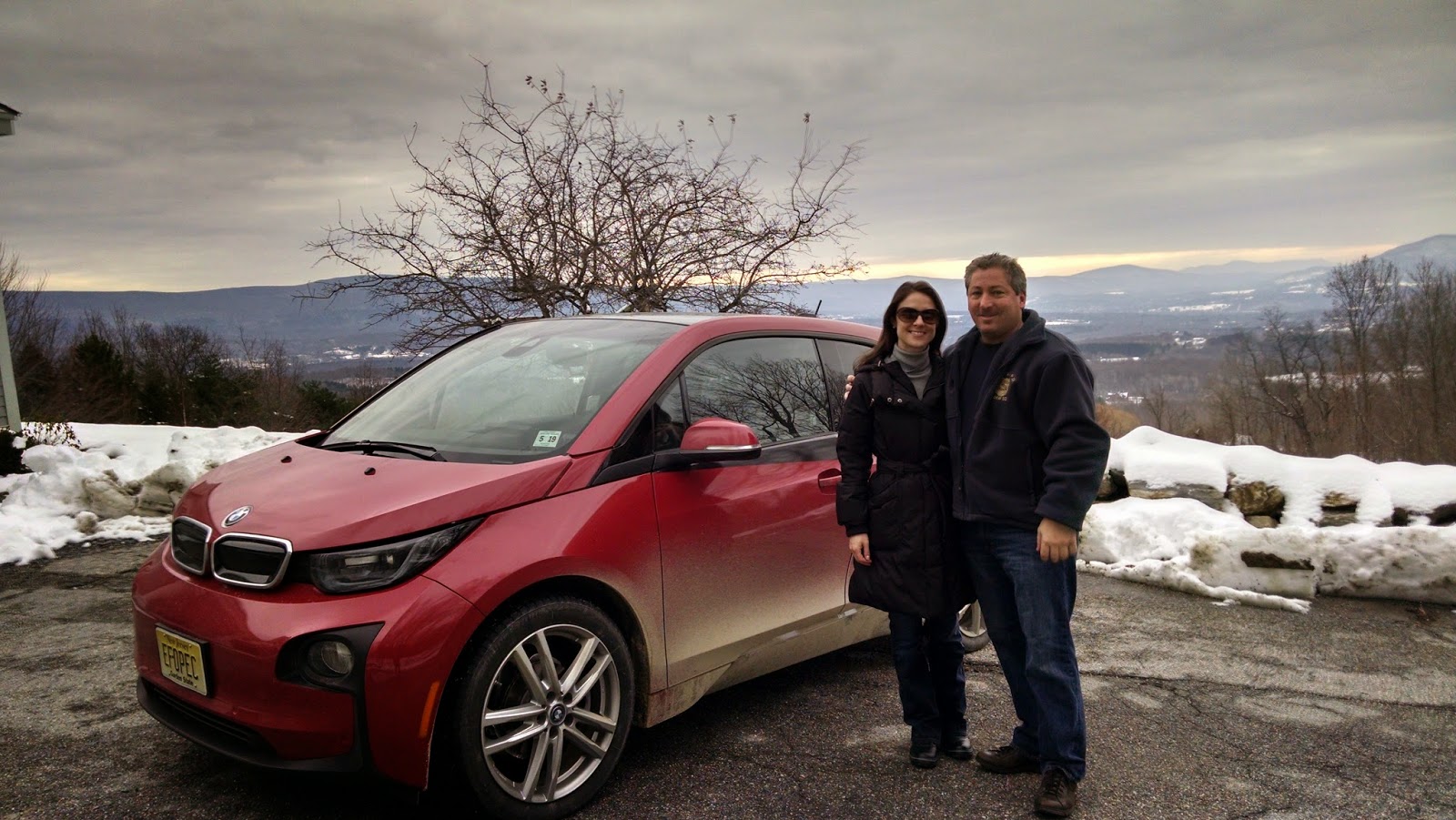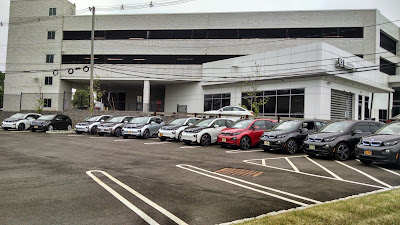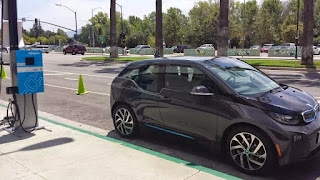 |
| This picture, captured from BMW's website shows an i3 owner using the Flexible Mobility program and borrowing a gasoline BMW, presumably for a long distance family trip. |
Nearly two years ago, BMW announced they would be offering gasoline loaner cars to i3 customers for the occasional long trip they may need to take. These long trips of perhaps hundreds of miles would be difficult or impossible to negotiate with their limited range i3, which has an EPA range rating of 81 miles per charge.
While this sounded like a great idea, many people wondered how it would be implemented in the US. There are strict laws here in the US that prohibit manufacturers from demanding the independently owned dealerships from offering services that they don't want to. Of course, if BMW of North America wanted to subsidize the whole program, then most all dealers would probably join in and offer the loaner vehicles; but that being highly unlikely since it would be very expensive. It was assumed that BMW and the dealerships would share expenses of the program, but until now there has been no information on how that would play out. The i3 has been available in the US for about six months, and there hasn't been any official word about the program which has caused i3 customers to ask a lot of questions about it: Will there be a charge for this service? Will the customer have a choice of vehicles for different kinds of road trips? What would be the limit of days allowed per year? Would the customer be guaranteed a BMW loaner vehicle? And most importantly: When will it start?
Well in case you missed it, the BMW i Flexible Mobility program launched in October - it's just that nobody noticed, and there are two main reasons for that. First, BMW of North America didn't make any big announcement about it, like they did when the idea was first conceived back in 2013. Secondly, many BMW dealers do not like the terms of the program that BMW NA is using, saying it's to onerous on them, so they are simply not participating. I do not know the percentage of dealers that are participating, but one BMW dealership contact told me he doesn't expect many dealers to agree to offer the service unless they are extremely high volume locations with many i3 customers.
One of the problems is the subsidy structure includes a minimum of 10 days of loaner service per month per vehicle or BMW will not reimburse the dealership the $600 per month for the vehicle. Therefore, if not enough i3 customers call for use of the loaner cars, the dealership gets no monthly reimbursement. Additionally, these vehicles cannot be used as a regular service loaner car. They have to be kept separate from the dealers' loaner fleet and only used only for i3 customers who need the Flexible Mobility Program. The vehicles must be new and can only be in service for one year, at which time they must be replaced with another new vehicle. If each vehicle doesn't have at least ten days of service in a calendar month the dealer gets no reimbursement for that month and extra days in service cannot be carried over to the next month. Dealers can receive the $600 per month subsidy for a maximum of five dedicated vehicles in their fleet reserved for the Flexible Mobility program.
Customers can use this program at any BMW i dealership that is participating, they don't have to use the dealership where they purchased the vehicle. Since dealerships are only reimbursed if the vehicles are in service for at least ten days, it makes sense that any participating dealership would welcome all BMW i3 owners who want to use the service at their dealership, as it would help them hit their minimum of ten days of loaner service.
Another requirement is the dealership must also participate in the i3 extended test drive program. This really doesn't have anything to do with the Flexible Mobility service, it's just another way for BMW to try to get all of their dealers to offer the extended test drive. BMW recommends that the dealers offer the service to i3 owners for a maximum of fourteen days per year, but they are leaving it up to the dealers to make that decision. My guess is that until there are a lot of i3s on the road, many of the participating dealers will basically allow i3 owners to use the vehicles as much as they want to, since it will help them hit their ten day minimum and collect the $600 monthly subsidy.
Judging from the feedback I have gotten from a few local dealers, I don't think the take rate is going to be very high on this program, at least not until there are a lot more i3s on the roads whose owners may need to use this service. So what happens if there aren't any BMW dealers in your area that agree to participate? BMW evidently realized that may be a problem, so they have a plan B which is still in the final phases of planning and will be available very soon. BMW is penning a deal with a national car rental company which will allow i3 owners to rent cars at special discounted rates. Not free, not a BMW and not exactly what was promised I'm afraid.
So if you currently own an i3 and could possibly have a need for the service, call your dealer and ask if they are participating in the Flexible Mobility Program for i3 owners. If they aren't, call around to other local dealers and you may find one that is. At this time BMW isn't publishing a list of participating dealerships, but hopefully in time that will be available. If you are thinking about buying an i3 and this service is important to you, make sure you ask your dealer if they are offering it before you buy.


